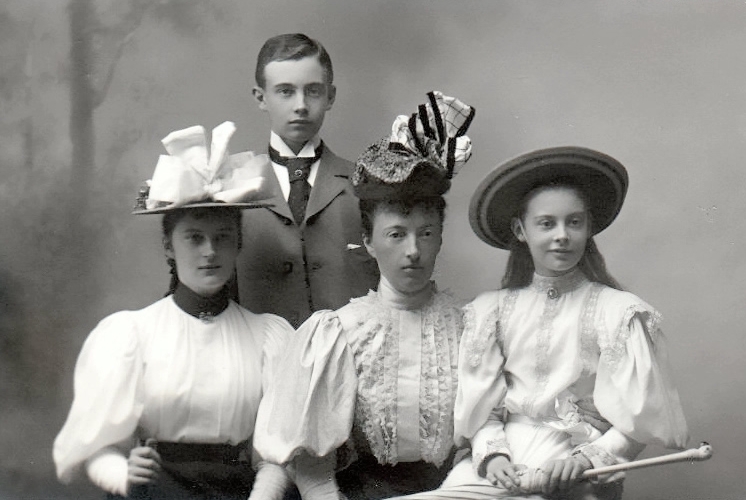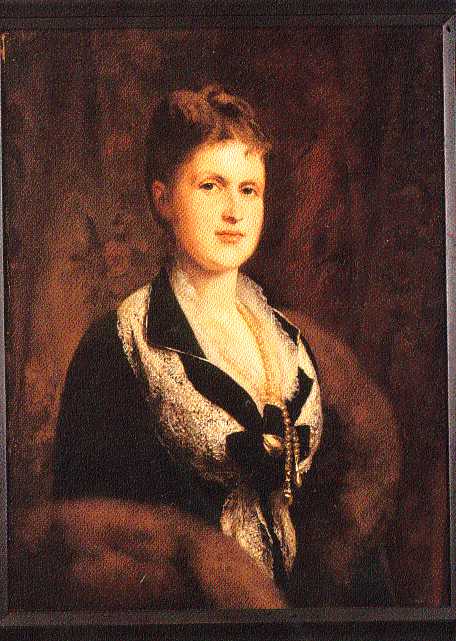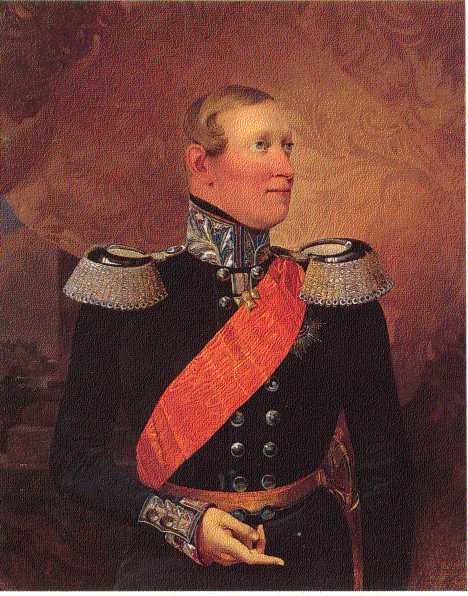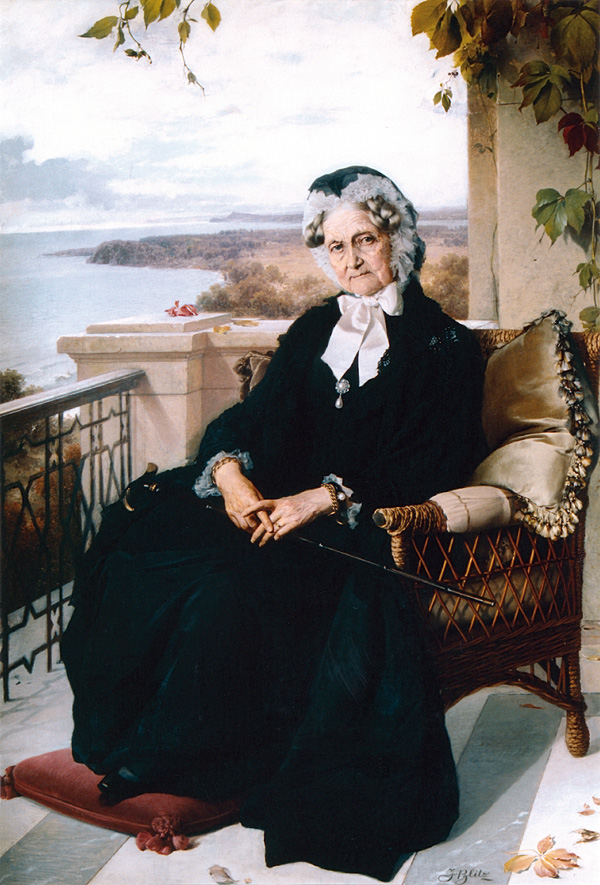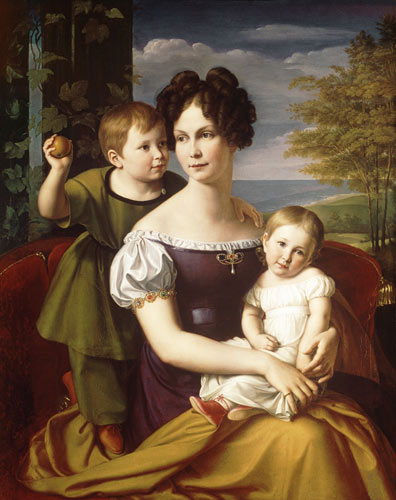by Scott Mehl © Unofficial Royalty 2018
Grand Duchy of Mecklenburg-Schwerin: The Duchy of Mecklenburg was divided and partitioned a number of times over the centuries. In 1701, the last division created the Duchy of Mecklenburg-Schwerin and the Duchy of Mecklenburg-Strelitz. In 1815, the Congress of Vienna recognized both Mecklenburg-Schwerin and Mecklenburg-Strelitz as grand duchies. Friedrich Franz I, Duke of Mecklenburg-Schwerin became the first Grand Duke of Mecklenburg-Schwerin. On November 14, 1918, at the end of World War I, Friedrich Franz IV was forced to abdicate as Grand Duke of Mecklenburg-Schwerin. Today the territory encompassing the Grand Duchy of Mecklenburg-Schwerin is in the German state of Mecklenburg-Vorpommern.
********************
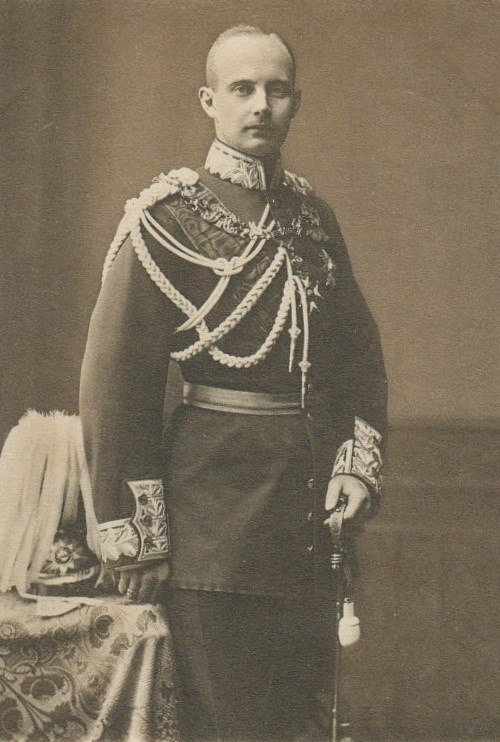
Friedrich Franz IV, Grand Duke of Mecklenburg-Schwerin; Credit – Wikipedia
Grand Duke Friedrich Franz IV was the last reigning Grand Duke of Mecklenburg-Schwerin. He was born in Palermo, Italy on April 9, 1882, the only son of Grand Duke Friedrich Franz III of Mecklenburg-Schwerin and Grand Duchess Anastasia Mikhailovna of Russia. He had two sisters:
- Duchess Alexandrine (1879-1952) – married King Christian X of Denmark, had issue
- Duchess Cecilie (1886-1954) – married Wilhelm, German Crown Prince, had issue
He also had a half-brother – Alexis Louis de Wenden – his mother’s illegitimate son, born in 1902.

Friedrich Franz with his mother and sisters, circa 1890; Credit – Wikipedia
Friedrich Franz attended the Vitzthum Gymnasium in Dresden, Kingdom of Saxony, and then studied law at the University of Bonn. He became Grand Duke upon his father’s death in April 1897. Because he was still a minor, his uncle Duke Johann Albrecht, served as regent until Friedrich Franz came of age in 1901. Once he had taken control of his government, the young Grand Duke attempted to reform the Mecklenburg constitution. However, his efforts failed when the government of Mecklenburg-Strelitz refused to agree to his ideas.

Alexandra of Hanover and Cumberland; Credit – Wikipedia
Encouraged to marry young by his mother, Friedrich Franz married Princess Alexandra of Hanover and Cumberland in Gmunden, Austria on June 7, 1904. She was the daughter of Ernst August, Crown Prince of Hanover and Princess Thyra of Denmark. The couple had five children:
- Hereditary Grand Duke Friedrich Franz (1910-2001) – married Karin Elisabeth von Schaper, no issue
- Duke Christian Ludwig (1912-1996) – married Princess Barbara of Prussia, had issue
- Duchess Olga (1916-1917) – died in infancy
- Duchess Thyra (1919-1981) – unmarried
- Duchess Anastasia (1922-1979) – married Prince Friedrich Ferdinand of Schleswig-Holstein-Sonderburg-Glücksburg, had issue
In February 1918, Friedrich Franz IV began to serve as Regent for the Grand Duchy of Mecklenburg-Strelitz. The reigning Grand Duke, Adolf Friedrich VI, had died by suicide, and the heir presumptive was serving with the Russian military and had made it known that he wished to renounce his rights of succession. The regency lasted only nine months because in 1918, after the end of World War I, Friedrich Franz IV was forced to abdicate as Grand Duke of Mecklenburg-Schwerin, as well as the Regent in Mecklenburg-Strelitz.
Forced to leave the grand duchy, Friedrich Franz and his family traveled to Denmark at the invitation of his sister Queen Alexandrine. There, they lived at Sorgenfri Palace for a year, before being permitted to return to Mecklenburg, Germany, and recovering several of the family’s properties. They lived for two years at the Gelbensande hunting lodge (link in German), and then in 1921, took up residence at Ludwigslust Palace in Ludwigslust, Germany. They also spent their summers at the Alexandrine Cottage (link in German) in Heiligendamm, Germany.
At the end of World War II, with the advance of the Soviet Union’s Red Army, Friedrich Franz, along with his wife and son Christian Ludwig, fled to Glücksburg Castle, in Glücksburg, Germany, the home of his youngest daughter and her husband, with the intention of returning to Denmark. However, the Grand Duke became ill, and while under house arrest at the Castle, he died there on November 17, 1945. He is buried in the New Cemetery in Glücksburg, Germany.
This article is the intellectual property of Unofficial Royalty and is NOT TO BE COPIED, EDITED, OR POSTED IN ANY FORM ON ANOTHER WEBSITE under any circumstances. It is permissible to use a link that directs to Unofficial Royalty.
Mecklenburg-Schwerin Resources at Unofficial Royalty


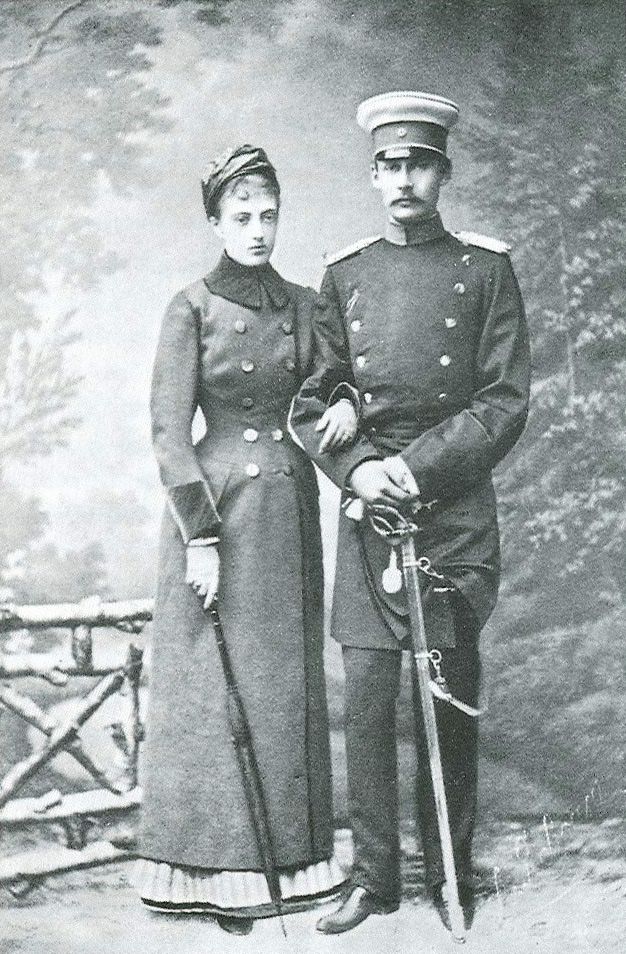






 As the bride and groom made their procession from the Palace of Justice, guests had already arrived and were seated in the Grote of Sint-Jacobskerk. The several hundred guests included members of the Dutch Senate and the Chamber of Deputies, members of the Diplomatic Corps, representatives of nearly every town and city in the Netherlands, members of the court, and other personal friends. The procession into the church began with the foreign royal guests and family members, with the bride and groom the last to arrive. Despite the glitter of jewels and the numerous prominent guests, the service was the very simple and traditional marriage service of the Dutch Reformed Church, described as a service of “puritanical simplicity”, with no bridesmaids or groomsmen. The couple exchanged their vows and rings, followed by an address by the Chaplain. Following a final blessing, they made their way out of the church, to process back to Noordeinde Palace.
As the bride and groom made their procession from the Palace of Justice, guests had already arrived and were seated in the Grote of Sint-Jacobskerk. The several hundred guests included members of the Dutch Senate and the Chamber of Deputies, members of the Diplomatic Corps, representatives of nearly every town and city in the Netherlands, members of the court, and other personal friends. The procession into the church began with the foreign royal guests and family members, with the bride and groom the last to arrive. Despite the glitter of jewels and the numerous prominent guests, the service was the very simple and traditional marriage service of the Dutch Reformed Church, described as a service of “puritanical simplicity”, with no bridesmaids or groomsmen. The couple exchanged their vows and rings, followed by an address by the Chaplain. Following a final blessing, they made their way out of the church, to process back to Noordeinde Palace.


